The bustling city of Portland, Oregon sees its fair share of car accidents each year. With over 610,000 residents plus tourists and commuters coming in and out of the city daily, Portland’s streets and highways are filled with vehicles. This unfortunately also leads to many accidents.
There were 45,295 crashes in 2021, up from 38,141 in 2020. According to the Portland Bureau of Transportation, 2023 was the deadliest year for traffic accidents, with 65 deaths recorded, the biggest toll since the 1990s.
Many factors contribute to car accidents in Portland, but data shows the most common causes are speeding, distracted driving, drunk driving, and weather-related issues.
Contents
Speeding
Speeding is the leading culprit for crashes in Portland. With many highways, narrow streets, and dense traffic, some drivers feel inclined to speed to get to their destination quicker, often at the expense of safety. Going above the posted speed limit reduces reaction times and control of vehicles, making accidents much more likely.
Around 28 percent percent of crashes in Portland involve speeding, with 471 people dying or suffering from life-changing injuries as a result, showing why it’s such a major problem.
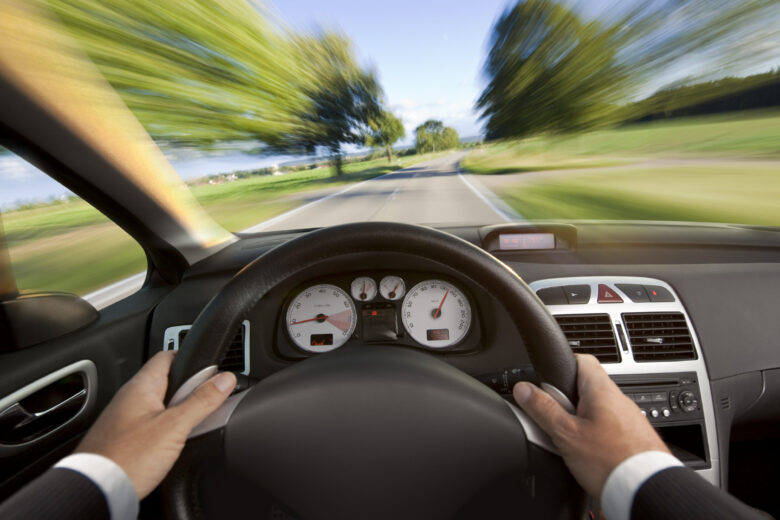
Source: schehrlaw.com
Distracted Driving
Another huge contributor is distracted driving. Whether drivers are texting, talking on the phone, adjusting music, eating food, or otherwise not fully focused on the road, it takes attention away from driving safely.
Statistics show a significant number of crashes involve a distracted driver. With the ubiquity of cell phones and devices demanding attention, distracted driving accidents continue to plague Portland’s roads. Teen drivers are especially vulnerable to the temptation of using cell phones and other devices while driving.
Impaired Driving
Impaired driving is also a persistent danger in Portland. Every year hundreds of accidents involve drunk drivers with slowed reflexes and blurred vision that reduce safe control of vehicles. Late weekend nights in particular see spikes in drunk driving incidents.
Portland Police run many sobriety checkpoints to catch impaired drivers, arresting several thousand drunk drivers annually. Still, drunk driving contributes to many needless traffic deaths each year. A car accident attorney can help you if this issue has affected your family.
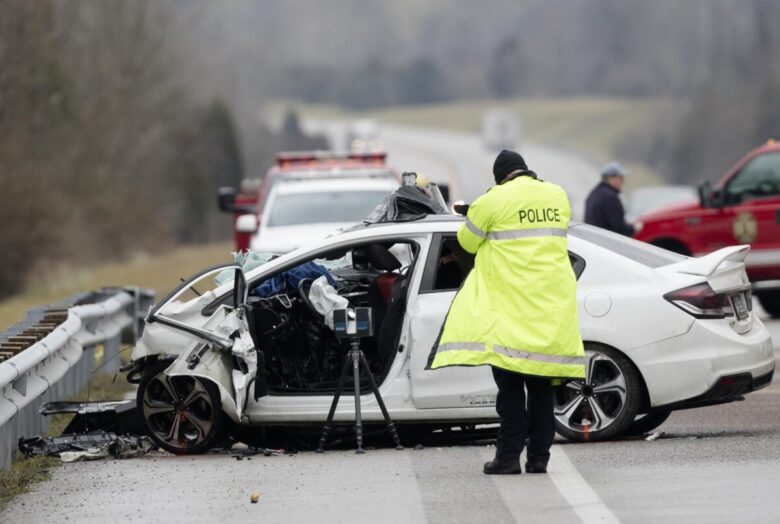
Source: endurancewarranty.com
Bad Weather
Lastly, treacherous winter weather brings slippery roads, reduced visibility, and hazardous conditions that facilitate accidents for unprepared drivers. Oregon winters often dump heavy rain and snow, with up to 30 inches in north-central Oregan common, and as much as 60 inches in higher regions. Portland roads are also subject to ice, leading to slide-off incidents.
Low traction causes braking and steering issues that result in collisions. Many of Portland’s accidents occur in wintry weather compared to the warmer, drier months.
Aggressive Driving
Aggressive driving behaviors significantly contribute to the risk of accidents on the roads. Tailgating, weaving in and out of traffic, and excessive honking are common manifestations of aggressive driving that not only provoke stress and anger among drivers but also directly lead to collisions. Road rage, an extreme form of aggressive driving, further escalates tensions and can result in confrontations that increase the likelihood of accidents, particularly during peak traffic hours when patience runs thin. The impulsiveness associated with aggressive driving often results in poor decision-making, such as speeding and making unsafe lane changes, which can have fatal consequences.
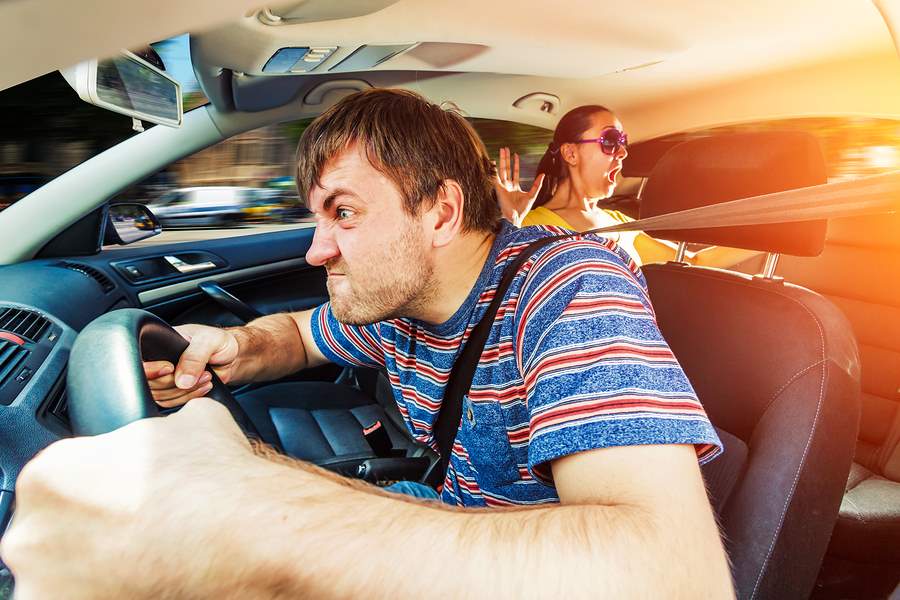
Source: dolmanlaw.com
Running Red Lights and Stop Signs
Ignoring traffic signals is another major cause of accidents. When drivers run red lights or stop signs, they risk causing T-bone collisions, one of the most dangerous types of accidents due to the direct impact to the sides of vehicles. These incidents are particularly hazardous at intersections, where vehicles, pedestrians, and cyclists intersect. The failure to obey traffic signals and signs not only shows a disregard for the law but also for the safety of everyone on the road. The consequences of such actions can be severe, resulting in significant injuries or even fatalities.
Fatigued Driving
Driving while fatigued or drowsy significantly impairs a driver’s ability to react promptly and make sound judgments. Factors such as long commutes, irregular work hours, and lack of adequate sleep contribute to a higher incidence of fatigue-related accidents. Fatigued driving is as dangerous as driving under the influence of alcohol or drugs, as it similarly diminishes the driver’s alertness and response times. Efforts to combat this issue include public awareness campaigns and advising drivers to take regular breaks during long trips to ensure they remain alert while on the road.
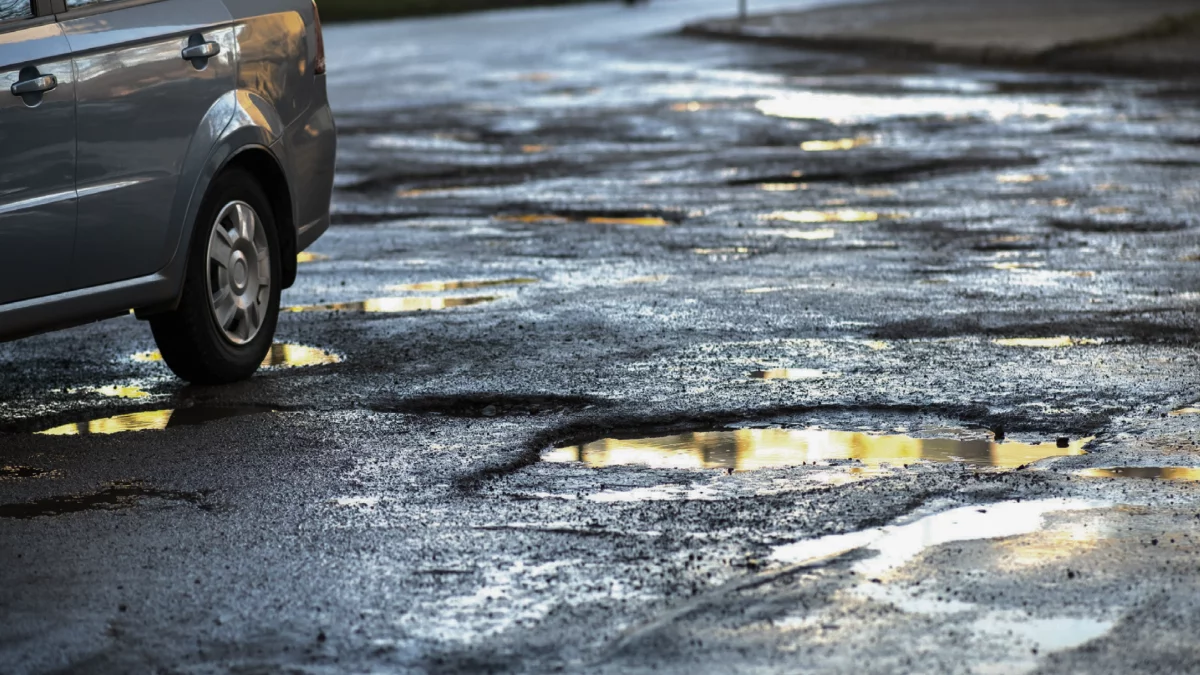
Source: mindy-support.com
Poor Road Conditions
The condition of the roads themselves plays a crucial role in the safety of drivers, passengers, and pedestrians. Crumbling infrastructure, such as potholes, cracks, and uneven pavement, creates significant hazards that can lead to accidents. During inclement weather, these conditions worsen, making the roads even more treacherous. Regular maintenance and prompt repairs are essential to mitigate these risks, yet neglected road maintenance remains a contributing factor to many accidents, emphasizing the need for more consistent and thorough infrastructure care.
Inexperienced Drivers
Inexperienced drivers, particularly teenagers and those with limited behind-the-wheel experience, are more prone to making mistakes that can lead to accidents. Their lack of familiarity with traffic laws, road signs, and proper driving techniques increases their risk of being involved in collisions, especially in areas with heavy traffic or complex road layouts. Educational programs and graduated licensing systems aim to equip novice drivers with the skills and experience needed to navigate the roads safely, underscoring the importance of comprehensive driver education.
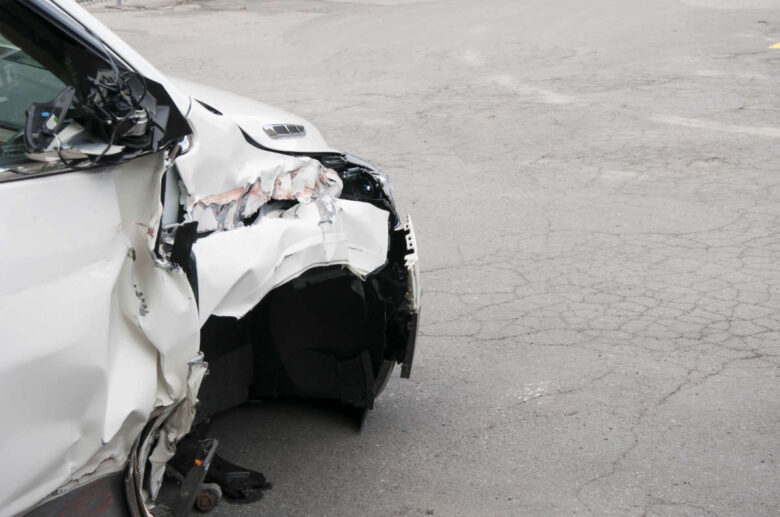
Source: willenslaw.com
Vehicle Defects and Malfunctions
Mechanical failures, including brake failures, tire blowouts, and steering malfunctions, are significant safety hazards. These issues can lead to accidents that may not be preventable by the driver, regardless of their skill level or caution. Regular vehicle maintenance is critical to identifying and addressing potential problems before they lead to malfunctions on the road. Additionally, manufacturing defects can also result in accidents, highlighting the importance of recalls and safety checks to ensure vehicle integrity.
Pedestrian and Cyclist Accidents
With Portland’s emphasis on pedestrian and cyclist accessibility, the city has seen an increase in accidents involving these groups. Failure to yield at crosswalks and in bike lanes is a common cause of these incidents. Drivers must remain vigilant and respect the rights of pedestrians and cyclists to share the road safely. Enhanced signage, better-designed crosswalks, and dedicated cycling infrastructure can help reduce the likelihood of collisions and ensure that the streets are safe for all users.
According to Portland car accident attorney Aaron Tillmann, by being aware of these major causes of accidents, Portland drivers can make smarter choices behind the wheel. Obeying speed limits, avoiding distractions, planning for alcohol consumption alternatives, and preparing vehicles for winter conditions can all promote safer roads with fewer collisions and injuries.
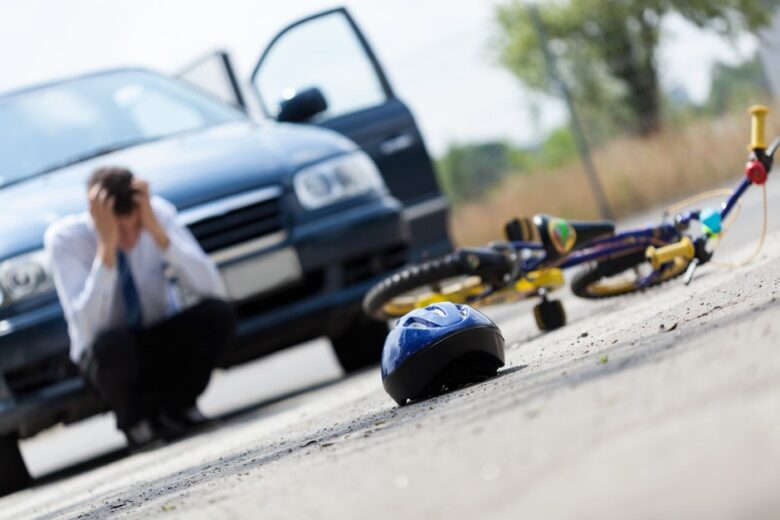
Source: bloomberg.com
Though accidents will continue happening to some degree in such a large city, Portland citizens can take action to reduce their likelihood.
Driving attentively, cautiously, and considerately, even when others do not, is the smartest way for everyone to get to their destination safely.
